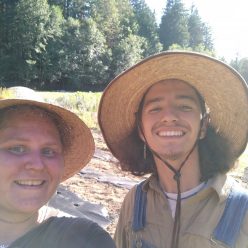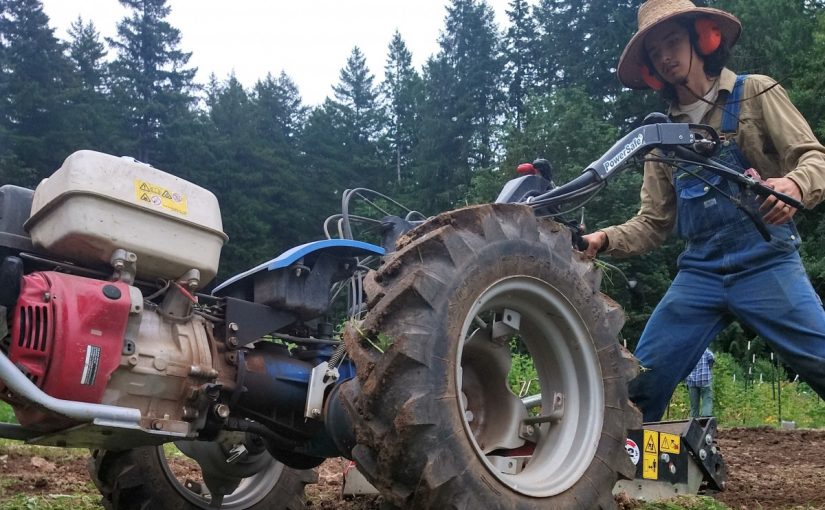GERMINATION EVALUATION






I was finally able to return from quarantine on July 21st, which was actually perfect timing for evaluating germination in the radicchio and cabbage–one month after sowing. I was grateful for the stationary job in the Red Barn Greenhouse (RBGH); frankly, my health had been ravaged by COVID and I was struggling to stand or walk for long periods. Andrew and I worked through the flats of radicchio and cabbage, counting the two to four inch tall seedlings by using chopsticks to distinguish each row. One of the consequences of neither of us being on site for two weeks was the entanglement of the plants, which slowed our counting down. The cabbage in particular was twisted as opposed to standing straight, which I attribute to the lack of rotation during my quarantine.



FIELD PREPARATION AND THE FIRST HEAT WAVE
July 22nd to July 24th were three, twelve hour days of field preparation.
On Friday July 22nd, Dr. Sarah Williams, Carli Fox, and Ali Bailey cam to the field to help Andrew and I weed the edges of our field, erect signage, and place irrigation.
Andrew ran the BCS power harrow as I collected he material for our irrigation. After harrowing our beds and marking our paths, we began installing two drip irrigation lines per bed. We nestled the irrigation lines between rows of already two foot tall buckwheat, preparing to irrigate them through the hot summer.












July 23rd was an entire day spent installing black plastic mulch over each bed. The heat was rising and the repeated process of trenching, laying, and burying the plastic was time consuming and hard on my recovering body. Andrew was truly the hero of the day, laying four beds to my two and cheerleading me the entire way. At the end of the day, we spent about an hour placing flags to mark the individually coded plots in each bed.




On July 24th, we spent the day fixing irrigation issues, dibbling holes for 360 plants, and amending each of those holes with a tablespoon of feather meal. We were hoping to start planting, but the hard clay in the field took far longer than we anticipated to drill through.






